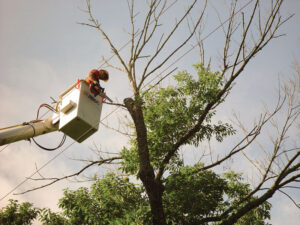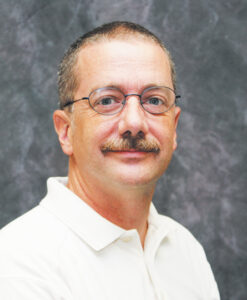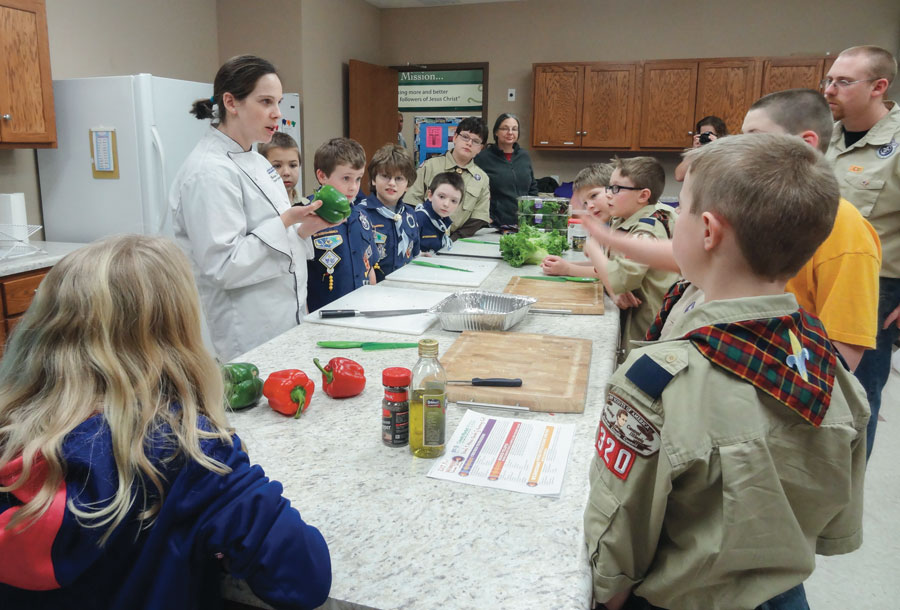 There is nothing worse than a storm wreaking havoc on your trees. It’s enough to make you cry.
There is nothing worse than a storm wreaking havoc on your trees. It’s enough to make you cry.
Several years ago, an ice storm hit my yard, snapping the tops out of the clump birch trees. You could hear the limbs breaking, and it was heart breaking knowing there was nothing to do but wait it out. Fortunately, the trees were nowhere near the power lines, so at least that worry was abated.
Allow me a little diversion here. IF you have limbs on or near power lines, do NOT try to remove them yourself. That’s what the electric cooperative employees are trained to do. Ninety-nine percent of you don’t have that skill, and even if you think it’s nothing more than “just moving the branch a bit.” DO NOT. DO NOT. DO NOT.
A quick survey of the broken limbs told me a few things. First, they weren’t going anywhere. They weren’t hanging from the tree, but actually broken and just hanging around, sort of like an unwanted teenager at home.
Next, they weren’t going to cause any hazards to my neighbor. They weren’t hanging on her property and it would take a tornado to fracture them to the point they’d fall on the house, car or yard. And if a tornado did that much damage, the limbs would be the least of our worries.
Third, I made a call to a professional.
Sure, there are fly-by-night operators who after a big storm soon prowl the streets, asking if people need help. Sadly, with an ice storm, or tornado, there are unscrupulous folks that come out like cockroaches at night and prey on unsuspecting homeowners.
The next DO NOT, is DO NOT hire fly-by-night operators.
Again, if the limbs are on the wires, call the electric cooperative. Otherwise, take a deep breath, relax, have a cold beverage (during the summer) or a warm one (during the winter) and look in the yellow pages.
Now, for those young ones out there, the yellow pages come in a phone book which is a paper item thrown on your porch in December if you have a land line phone. Otherwise, a digital version can be found on the Internet under Yellow Pages.
Look under Trees, Tree Service or Tree Surgeons. Then start calling and asking questions.
Ask first if they are a certified arborist, which is a training program operated by either the National Arborist Association or the International Society of Arboriculturists, which happens
to be headquartered in Bloomington,
Ill. You can use its website
http://www.isa-arbor.com to find a local certified arborist. Again, hire a tree expert, not just some guy with a chain saw.
If they aren’t, ask their opinions on “topping trees.” If they say “well, if that’s what you want” or “we do it all the time,” hang up the phone without even a thank you for your time. Topping trees went out of style about the same time Reagan left office. It’s just not a recognized good practice.
Sure it’s easier than judicious pruning. If you can do the job in one-fourth the time and make some quick bucks, and then leave the area, why wouldn’t you try to sell someone on topping?
But topping only produces weak growth that will snap faster in the next wind or ice storm.
Branches need to be pruned to develop a strong structure. It does take time. It probably will cost you more, but like that old car commercial, do you want to pay me now or pay me later?

Just remember:
• DO NOT TOP A TREE.
• ONLY HIRE PROFESSIONALS.
• DO NOT REMOVE LIMBS FROM ELECTRICAL WIRES.









